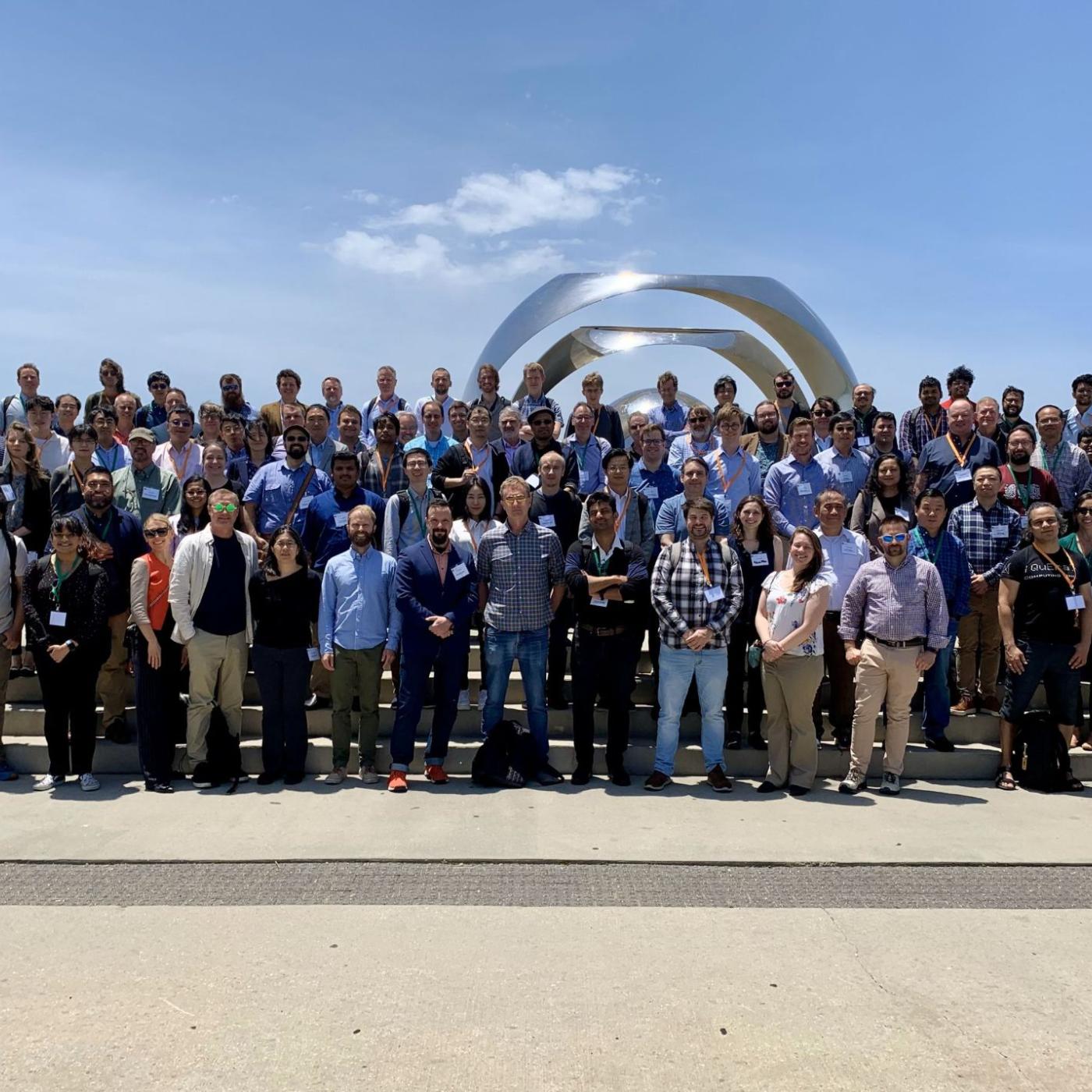
Filter News
Area of Research
News Topics
- (-) Clean Water (33)
- (-) Summit (70)
- 3-D Printing/Advanced Manufacturing (146)
- Advanced Reactors (40)
- Artificial Intelligence (129)
- Big Data (78)
- Bioenergy (111)
- Biology (128)
- Biomedical (73)
- Biotechnology (38)
- Buildings (74)
- Chemical Sciences (85)
- Composites (35)
- Computer Science (225)
- Coronavirus (48)
- Critical Materials (29)
- Cybersecurity (35)
- Education (5)
- Element Discovery (1)
- Emergency (4)
- Energy Storage (114)
- Environment (218)
- Exascale Computing (66)
- Fossil Energy (8)
- Frontier (63)
- Fusion (66)
- Grid (74)
- High-Performance Computing (129)
- Hydropower (12)
- Irradiation (3)
- Isotopes (62)
- ITER (9)
- Machine Learning (67)
- Materials (156)
- Materials Science (158)
- Mathematics (12)
- Mercury (12)
- Microelectronics (4)
- Microscopy (56)
- Molten Salt (10)
- Nanotechnology (64)
- National Security (86)
- Neutron Science (171)
- Nuclear Energy (122)
- Partnerships (67)
- Physics (69)
- Polymers (35)
- Quantum Computing (53)
- Quantum Science (92)
- Security (31)
- Simulation (64)
- Software (1)
- Space Exploration (26)
- Statistics (4)
- Transportation (102)
Media Contacts
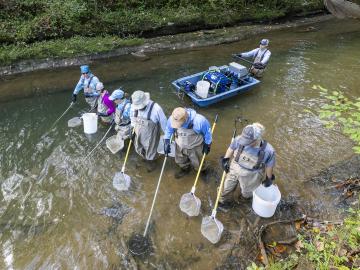
ORNL’s Biological Monitoring and Abatement Program, or BMAP, is marking 40 years of helping steward the DOE’s 33,476 acres of land on which some of the nation’s most powerful science and technology missions are carried out.
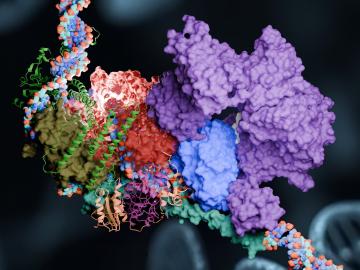
Researchers at Georgia State University used the Summit supercomputer to study an elaborate molecular pathway called nucleotide excision repair. Decoding NER’s sophisticated sequence of events and the role of PInC in the pathway could provide key insights into developing novel treatments and preventing conditions that lead to premature aging and certain types of cancer.

P&G is using simulations on the ORNL Summit supercomputer to study how surfactants in cleaners cause eye irritation. By modeling the corneal epithelium, P&G aims to develop safer, concentrated cleaning products that meet performance and safety standards while supporting sustainability goals.
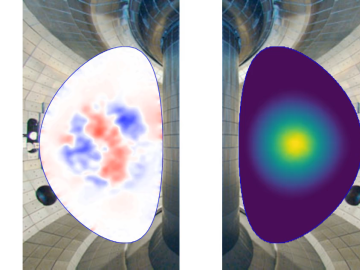
Scientists designing the world’s first controlled nuclear fusion power plant, ITER, needed to solve the problem of runaway electrons, negatively charged particles in the soup of matter in the plasma within the tokamak, the magnetic bottle intended to contain the massive energy produced. Simulations performed on Summit, the 200-petaflop supercomputer at ORNL, could offer the first step toward a solution.
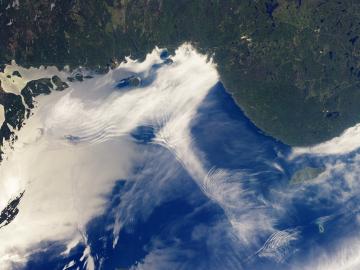
Researchers at Stanford University, the European Center for Medium-Range Weather Forecasts, or ECMWF, and ORNL used the lab’s Summit supercomputer to better understand atmospheric gravity waves, which influence significant weather patterns that are difficult to forecast.

Scientists conducted a groundbreaking study on the genetic data of over half a million U.S. veterans, using tools from the Oak Ridge National Laboratory to analyze 2,068 traits from the Million Veteran Program.

The Summit supercomputer did not have its many plugs pulled as planned after its five years of service. Instead, a new DOE Office of Science-backed allocation program called SummitPLUS was launched, extending Summit's production for another year. What did we learn during Summit’s bonus year of scientific discovery? Here are five projects with important results.
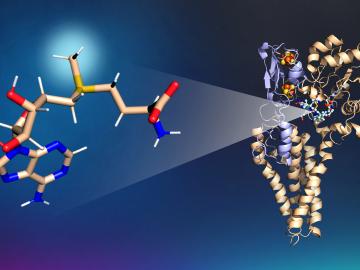
Researchers have identified a molecule essential for the microbial conversion of inorganic mercury into the neurotoxin methylmercury, moving closer to blocking the dangerous pollutant before it forms.
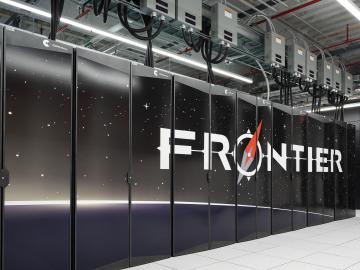
Two-and-a-half years after breaking the exascale barrier, the Frontier supercomputer at the Department of Energy’s Oak Ridge National Laboratory continues to set new standards for its computing speed and performance.
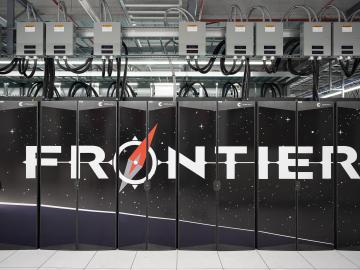
A multi-institutional team of researchers led by the King Abdullah University of Science and Technology, or KAUST, Saudi Arabia, has been nominated for the Association for Computing Machinery’s 2024 Gordon Bell Prize for Climate Modelling.


